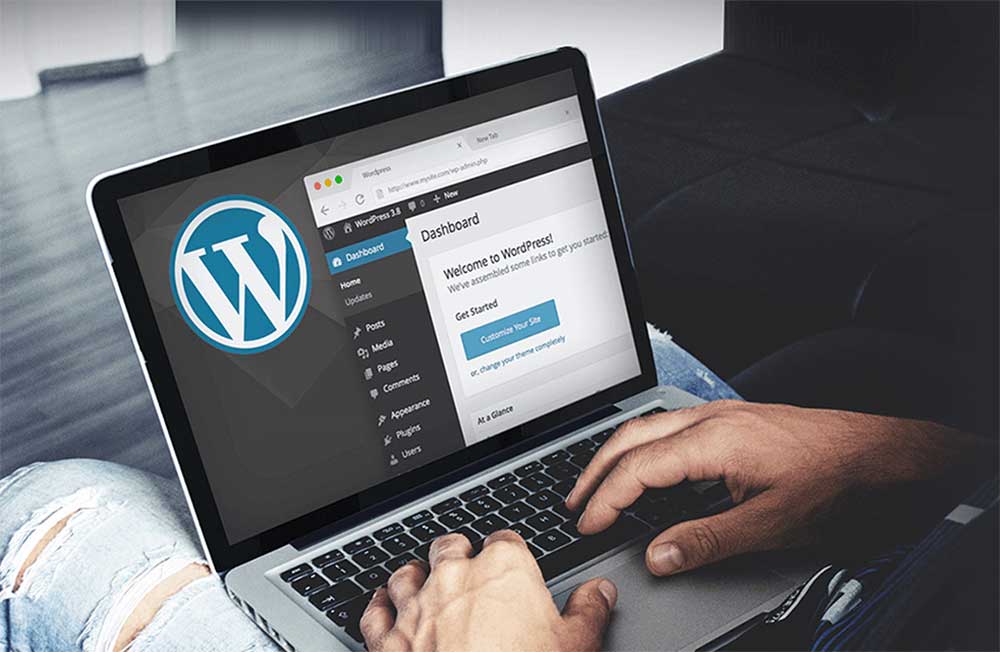No one spends money and time in designing a website only for it to be buried in Page 7 of search engine results. A website is meant to be seen by as many people as possible. That is why search engine optimisation, or SEO, is crucial for getting relevant traffic for your website.
In this short and simplified guide, we will discuss how to set up SEO on WordPress, why it is important, and other tips to ensure your website draws your target people in.
First Off: Why Use WordPress?
WordPress is one of the most commonly used website builders today. While it started only as a blogging website; it has evolved to become a go-to website builder platform. Here are the reasons for WordPress’ popularity.
- Affordable
- Customisable themes
- Wide range of tools, plugins, widgets & extensions
- User-friendly tools for website building
- Good technical support and resources
- Inherently SEO-friendly plus extra settings that support SEO optimisation
SEO for WordPress can get technical, but don’t worry. Using the following basic tips, you can optimise and boost your WordPress site. No prior tech experience required! Let’s begin.
How to Set Up SEO on WordPress
- Use SEO-friendly URL Structures. SEO-friendly URLs include words that explain the page content and therefore easy to read by search engines and users. Use this basic template: com/main category/subcategory/product-page. To do this, go to Settings > Permalink.
- Set up your web address. Decide whether you want to use www or a non-www URL and stick with it. Google will penalize you for having both. To choose your web address, go to Settings > General.
- Set up your SSL Certificate. SSL Certificates are now required for the website to appear in search results page. Experts in SEO in Sydney emphasize this step as 9 out 10 results on Page 1 have SSL Certificates. Set up a free Cloudflare account to do this.
- Manage your visibility settings. This might seem like a no-brainer, but some people do forget to uncheck their visibility settings. To make sure, go to Settings > Reading > Search Engine Visibility and uncheck it to allow crawlers to do their job.
- Install Yoast. Not only will Yoast help with content optimisation; it also does other things to help your site’s SEO.
- Verify your ownership. Verify that you own the website by contacting the main search engines, Google, Yahoo, Bing, etc. By doing this, you don’t only stake your claim, you also get a lot of valuable data that can help you make SEO decisions along the way.
- Optimise your site’s XML sitemap. XML sitemap lists all the pages in the website and makes it easy for search engines to find relevant content quickly. Remember Yoast? This handy plugin also automatically configures XML sitemaps. Isn’t that useful?
- Speed things up. Perhaps the most important step in SEO optimisation is optimising for speed. Page loading speeds affect ranking. To optimize speed, install a WordPress plugin like WP Rocket or others.
“The more, the merrier!”, as they say. It might be cliché-y but it is true. In life and especially in business, the more people there are, the better things will be. If you have a WordPress website or you are planning on setting one up, follow this simple guide on how to set up SEO on WordPress to invite the right kind of traffic to your site and ensure your business’ success.
